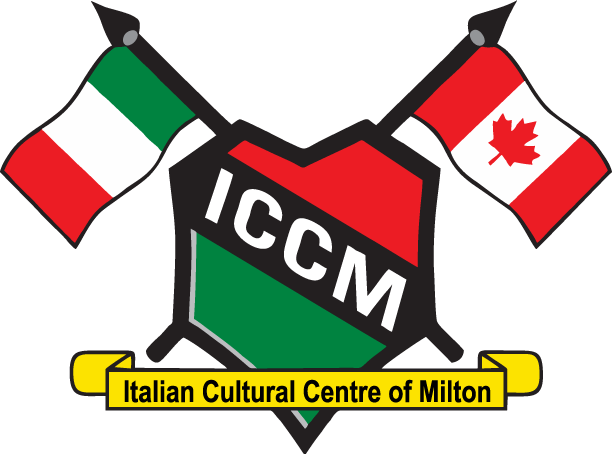Veneto
Veneto is located in the northeastern part of Italy and it borders Friuli-Venezia Giulia to the east, Emilia Romagna to the south, Lombardy to the west and Trentino-Alto Adige to the north. Its northernmost corner borders Austria.
Veneto is among the wealthiest and most industrial regions in Italy. It has one of Italy’s richest historical, cultural, musical, artistic and culinary heritages.

Capital – Venezia or Venice
Venice is known as the Floating City, The City of Canals and the Serenissima (the most serene). It is one of Italy’s most beautiful cities. Venice was founded over 1,500 years ago. It is built on an archipelago of 117 different islands that are linked together by 1778 canals and 455 bridges. The canals serve as roads. Transportation is either on foot or by various types of boats. The buildings of Venice are all supported by oak and pine piles that are driven deep into the ground. There is no decay because the water is so logged that oxygen does not flow through it. Venice is one of the more important tourist destinations in the world. In 1987, Venice and its lagoon were designated a UNESCO World Heritage site.
Foods of Veneto
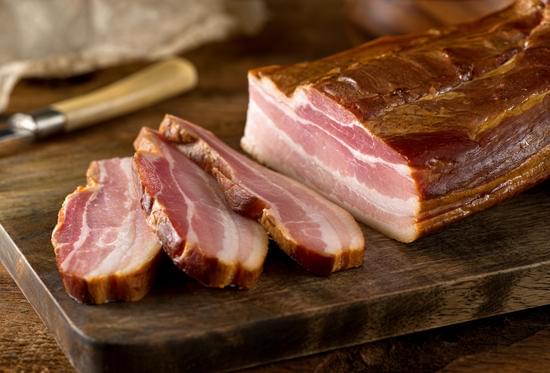
Smoked Pancetta
Smoked and served in sandwiches or in various sauces.
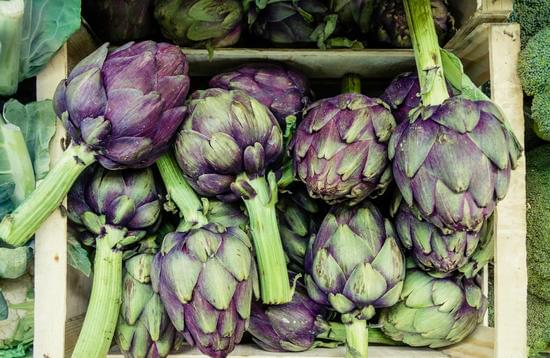
Purple Artichokes
Typically served raw, deep fried, or in salads.

Baccala Mantecato
Dried cod soaked, poached, and then blended into a smooth mousse-type antipasto seasoned with olive oil, salt and pepper.

Tiramisu
Ladyfingers dipped in coffee and then layered with a mixture of mascarpone cheese, sugar and eggs all of which are flavoured with cocoa.
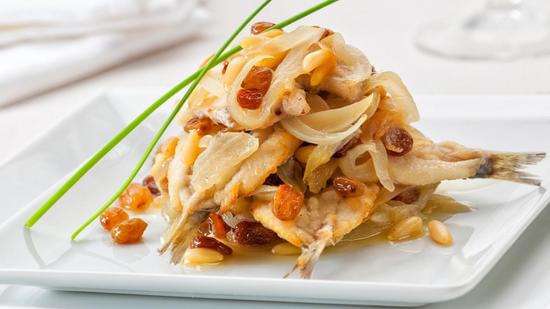
Sarde in Saor
Fried sardine fillet marinated in vinegar, onions, raisins, and pine nuts.
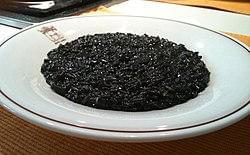
Risotto al neo di sepia
A seafood-based risotto made with squid ink.
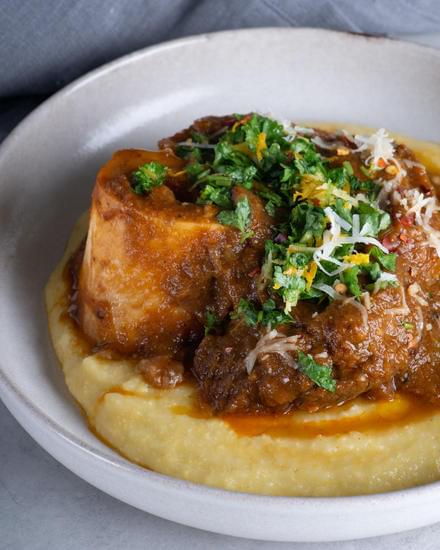
Polenta
Dried cornmeal is served in fish stews, meat, grilled, fried or served loose.
UNESCO World Heritage Sites in Veneto
Venice and its Lagoon
Metropolitan City of Venice
The city of Venice was founded in the 5th century and developed into a major maritime power, the Republic of Venice, in the 10th century. It is built on over 100 islands in the lagoon and contains monuments such as the St Mark’s Basilica, the Doge’s Palace, and numerous churches and bridges. Even after its decline in political power, Venice remained influential in the field of arts, with the innovations by painters Bellini, Giorgione, Titian, Tintoretto, Veronese, and Tiepolo. Venice is also associated with the 13th-century explorer Marco Polo.
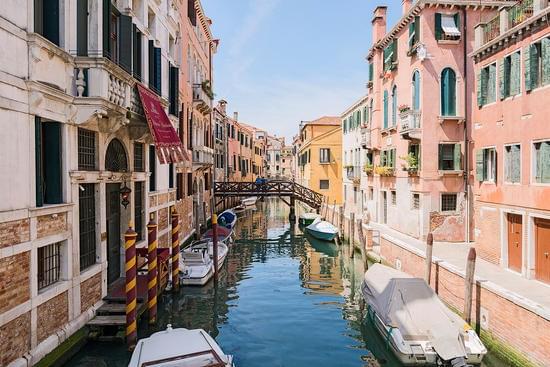

City of Vicenza and the Palladian Villas of the Veneto
Paduam Rovigo, Treviso, Metropolitan City of Venice, Verona, Vincenza
In the 16th century, while under the Republic of Venice, several villas were built in the city of Vicenza and the surrounding Veneto region by the architect Andrea Palladio (1508–80). His designs had a profound influence on the architecture and inspired the Palladian style. Originally listed in 1994 as “Vicenza, City of Palladio”, the site was expanded in 1996 to include several villas in the region. Villa Chiericati is pictured.
Botanical Garden (Orto Botanico)
Padua
Padua‘s botanical garden was founded in 1545 as the world’s first university botanical garden. It has been a centre of scientific research for centuries, as well as a template for other gardens. It was renovated in the 18th century but still retains its original layout.
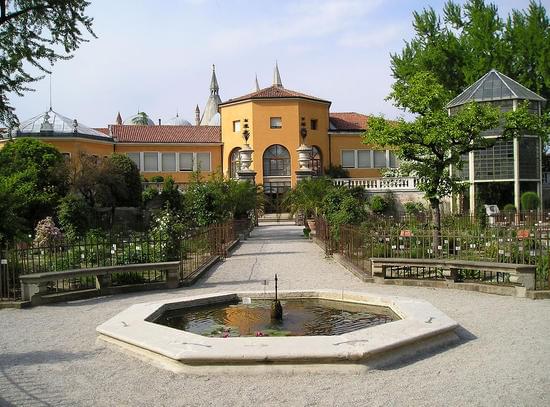
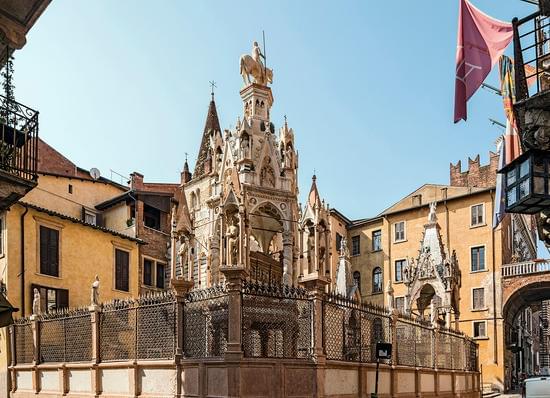
City of Verona
Verona
Verona, founded as a Roman town in the 1st century BCE, has been developing uninterruptedly for over 2,000 years and preserves urban structures and monuments from different periods. They include the Roman amphitheatre and Roman gate, the Gothic Scaliger Tombs (pictured), as well as several historic squares and palaces.
The Prosecco Hills of Conegliano and Valdobbiadene. (“Le Colline del Prosecco di Conegliano e Valdobbiadene”)
Treviso
The cultural landscape of Conegliano and Valdobbiadene is characterized by hogback hills (ciglioni) that have been terraced and converted to vineyards since the 17th century. The region produces the Prosecco wine. The landscape also includes forests, hedges, farms, and villages.
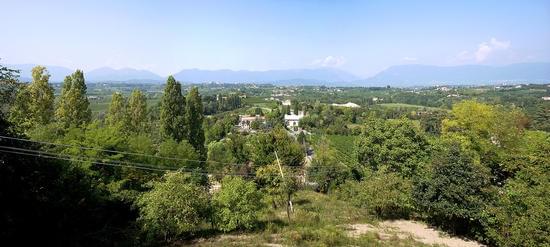

Padua’s Fourteenth-Century Fresco Cycles
Paduo
The site comprises eight buildings, both religious and secular, in four clusters. They house fresco cycles that were painted between 1302 and 1397 by several prominent painters: Giotto, Guariento di Arpo, Giusto de’ Menabuoi, Altichiero da Zevio, Jacopo d’Avanzi, and Jacopo da Verona. The frescos are innovative given their way of depicting the allegorical narrative and using a new way of perspective. The Scrovegni Chapel is pictured.
Venetian Works of Defence between the 16th and 17th centuries: Stato da Terra – Western Stato da Mar
This property consists of six components of defence works in Italy, Croatia, and Montenegro, spanning more than 1,000 kilometres (620 mi) between the Lombard region of Italy and the eastern Adriatic Coast. Three sites are listed in Italy: the star fort of Palmanova (map pictured) and the fortifications of Bergamo and Peschiera del Garda.
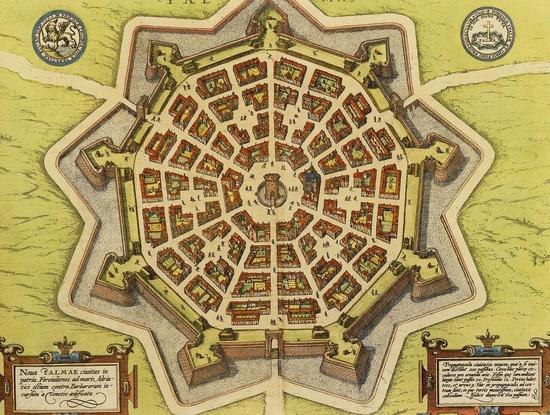
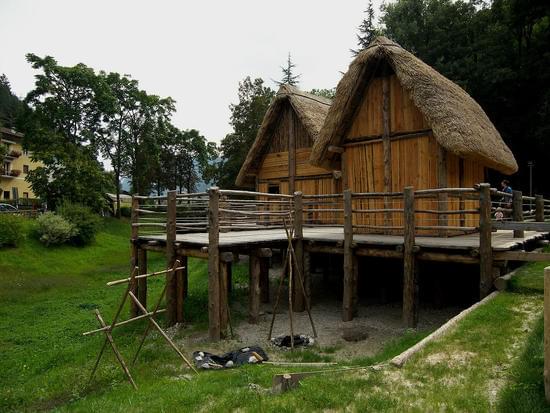
Prehistoric Pile Dwellings around the Alps
This transnational site (shared with Austria, France, Germany, Slovenia, and Switzerland) contains 111 small individual sites with the remains of prehistoric pile-dwelling (or stilt house) settlements in and around the Alps built from around 5000 to 500 BCE on the edges of lakes, rivers, or wetlands. They contain a wealth of information on life and trade in agrarian Neolithic and Bronze Age cultures in Alpine Europe. Nineteen sites are located in Italy, and the reconstruction of a house at Ledro is pictured.
Botanical Garden (Orto Botanico)
This site comprises nine areas of the Dolomites, a mountain range in the northern Italian Alps. There are 18 peaks above 3,000 (9,800), with mountain scenery including sheer rocky cliffs, vertical walls, and long and narrow valleys. From the geological perspective, the rocks contain fossil records of marine life in The Triassic period. Marmolada is pictured.

